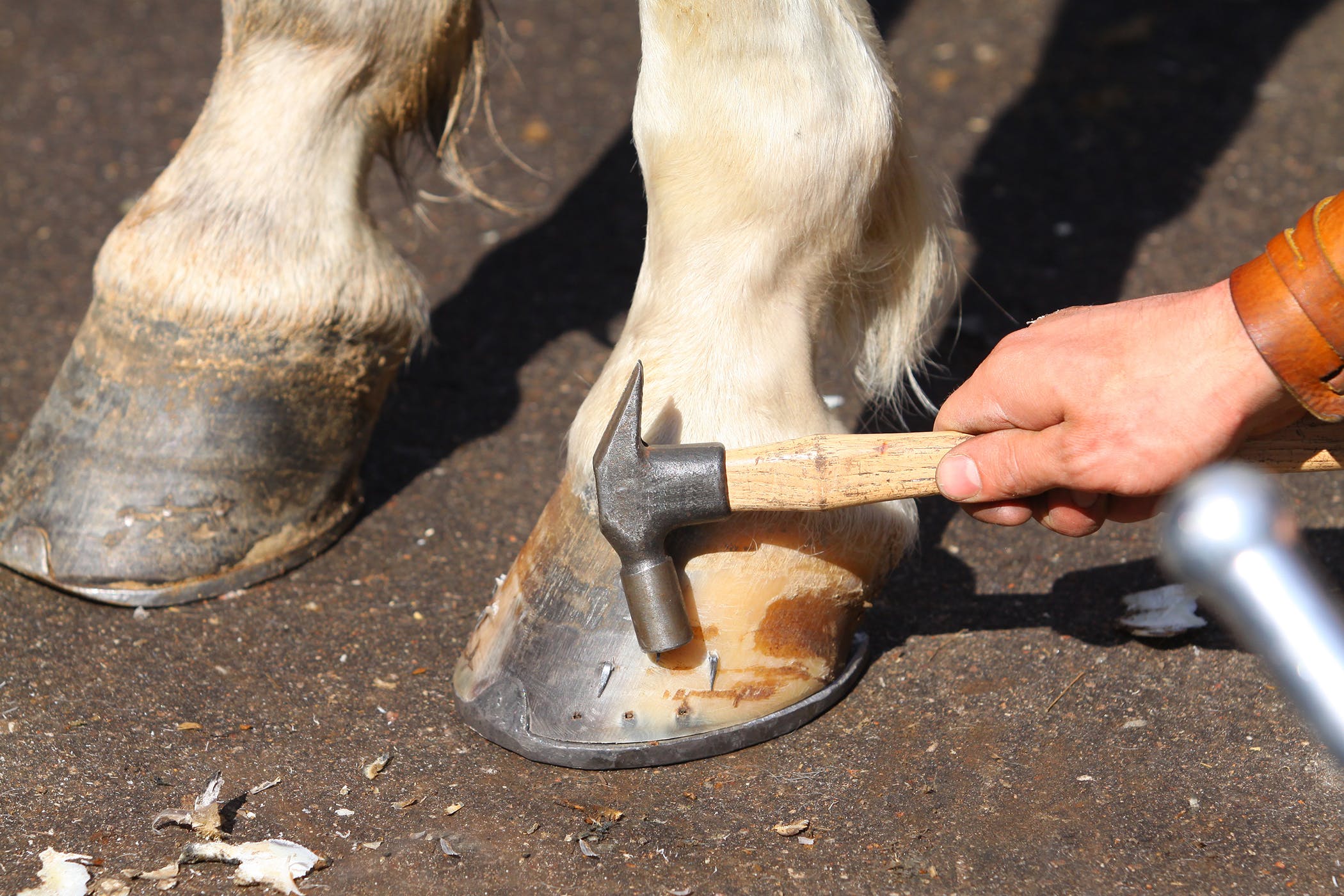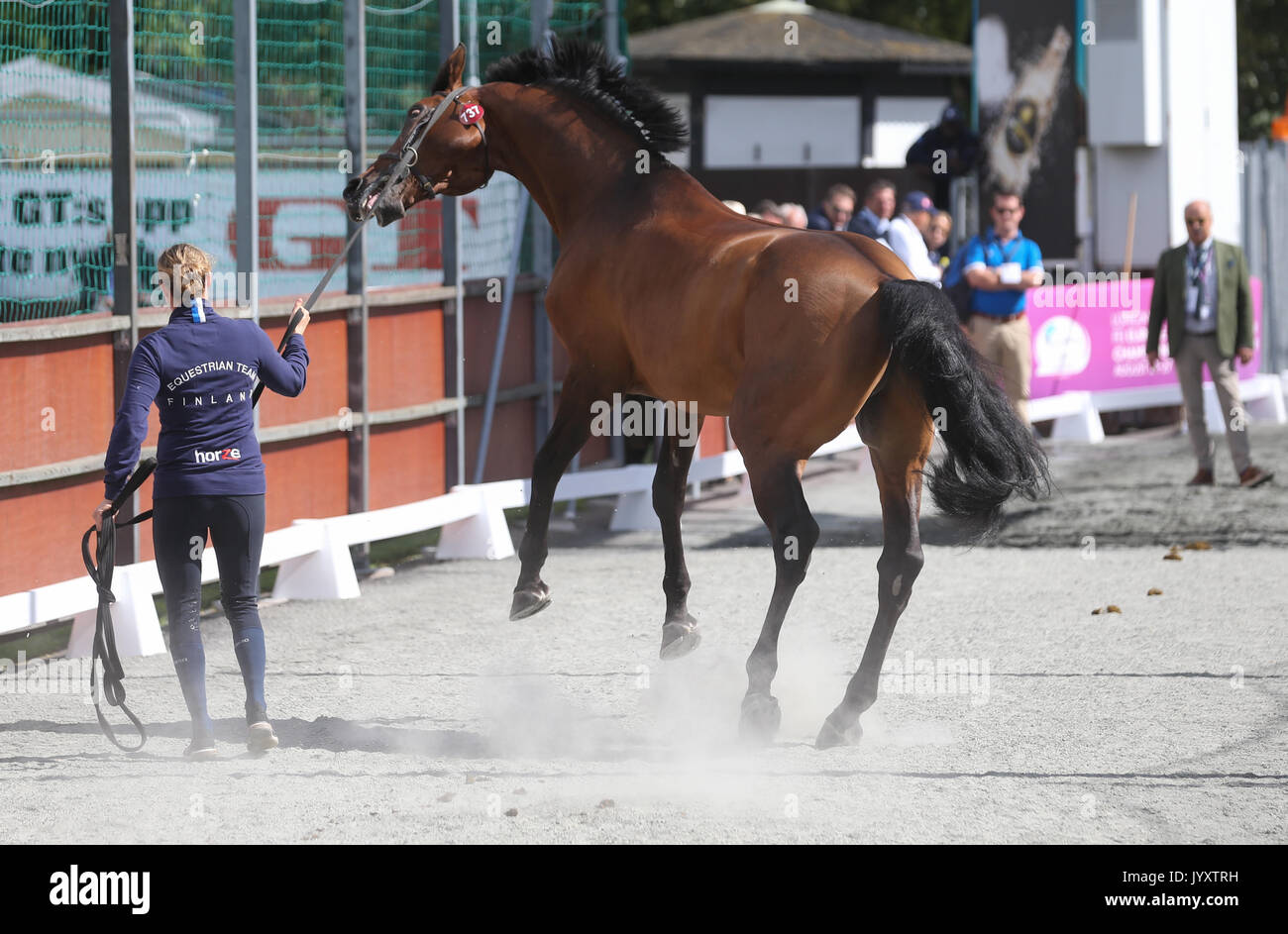Horse shoe pulling is a crucial skill for horse owners and farriers. The process involves removing the old horseshoes from a horse’s hooves and replacing them with new ones. This task requires precision, patience, and knowledge of proper techniques to ensure the safety and comfort of the horse. In this article, we will discuss the step-by-step process of pulling a horseshoe and provide tips for a successful and stress-free experience for both the horse and the handler.
Understanding the Horseshoe

Before diving into the process of pulling a horseshoe, it’s essential to understand the different components of the horseshoe and how it affects the horse’s hooves. Horseshoes come in various shapes, sizes, and materials, each serving a specific purpose. The shape of the horseshoe must be compatible with the horse’s hoof shape to provide adequate support and protection. Additionally, the type of work the horse performs, the terrain it traverses, and its hoof health all play a role in determining the appropriate horseshoe for the horse.
Anatomy of a Horseshoe
The horseshoe consists of various parts, including the toe, branches, and heels. The toe is the front part of the horseshoe that covers the front of the hoof, while the branches extend along the sides of the hoof. The heels are the rear parts of the horseshoe that provide support to the back of the hoof. Understanding the anatomy of a horseshoe is crucial for properly assessing the condition of the horse’s hooves and determining when it’s time to replace the horseshoes.
Tools and Equipment

To successfully pull a horseshoe, it is essential to have the right tools and equipment. A farrier’s toolset typically includes a hoof pick, a hammer, a clinch cutter, a pull-off, and a rasp. Additionally, protective gear such as gloves and safety glasses are necessary to ensure the safety of both the horse and the handler. It’s important to regularly inspect and maintain these tools to guarantee their effectiveness and prevent any mishaps during the shoe-pulling process.
Assessing the Horse’s Hooves

Before proceeding with the horseshoe pulling, it’s crucial to assess the condition of the horse’s hooves. Inspect for any signs of discomfort, sensitivity, or abnormalities in the hooves. Additionally, evaluate the wear and tear on the current horseshoes, checking for cracks, loose nails, or any other issues that may affect the horse’s mobility and comfort. This assessment will guide the decision-making process regarding the type of new horseshoes needed and any necessary adjustments to the hoof trimming.
Preparing the Horse

Proper handling and preparation of the horse are essential for a successful horseshoe pulling experience. Begin by securely restraining the horse in a safe and calm environment. It’s crucial to ensure that the horse is relaxed and comfortable to minimize any potential resistance during the process. Gently clean the hooves and remove any debris or dirt to provide a clear view of the hoof and the existing horseshoe.
Removing the Old Horseshoes

The process of pulling a horseshoe involves carefully removing the old horseshoes from the horse’s hooves. Start by using the clinch cutter to straighten and dislodge the clinches, which are the bent-over ends of the horseshoe nails. Once the clinches are loosened, use the pull-off tool to gradually pry the horseshoe away from the hoof. It’s crucial to exercise patience and caution during this process to avoid causing any discomfort or injury to the horse. Inspect the hooves for any signs of damage or excessive wear caused by the old horseshoes, and address any issues before proceeding with the new shoe fitting.
Trimming and Cleaning the Hooves

After removing the old horseshoes, it’s essential to trim and clean the hooves to ensure optimal hoof health and prepare them for the new shoe fitting. Use a hoof knife and rasp to carefully trim and level the hooves, removing any overgrown or uneven areas. Additionally, clean the hooves thoroughly to remove any debris, dirt, or bacteria that may cause discomfort or infection. Proper trimming and cleaning of the hooves are crucial for maintaining the horse’s overall well-being and ensuring the proper fit of the new horseshoes.
Fitting and Securing the New Horseshoes
Selecting the appropriate horseshoes based on the horse’s hoof shape, size, and specific needs is crucial for a successful fitting. The new horseshoes should provide adequate support, protection, and comfort for the horse based on its intended use and the condition of its hooves. Carefully position the new horseshoes on the hooves, ensuring a snug and secure fit. Use a hammer and nails to secure the horseshoes in place, making sure to drive the nails into the hoof wall at the appropriate angle and depth to avoid causing any discomfort or damage to the sensitive hoof structures.
Final Assessment and Adjustments
Once the new horseshoes are securely in place, conduct a final assessment of the horse’s hooves and gait to ensure that the shoes are properly fitted and the horse is comfortable. Observe the horse’s movement and behavior to detect any signs of discomfort or irregularities that may indicate the need for adjustments. It’s essential to address any issues promptly to prevent potential injuries or complications for the horse. Make any necessary adjustments to the horseshoes or hoof trimming based on the horse’s response and feedback to achieve the optimal fit and comfort.
Maintaining Hoof Health and Care
After pulling and fitting new horseshoes, ongoing hoof care and maintenance are essential for the horse’s well-being. Regularly schedule appointments with a qualified farrier to assess the condition of the hooves, trim the hooves as needed, and replace the horseshoes when necessary. Additionally, diligent hoof cleaning, proper nutrition, and regular exercise are crucial for maintaining healthy hooves and preventing common issues such as thrush, cracks, and imbalances. By prioritizing hoof health and care, horse owners can ensure the long-term comfort, mobility, and performance of their equine companions.
Interested in learning more about caring for horses? Check out our articles on how to put boots on a horse, how to build a horse hitching post, and how to pick a horse hoof for valuable insights into equine care and maintenance!
Conclusion
Pulling a horseshoe is a skill that requires precision, patience, and a deep understanding of the horse’s hooves and needs. By following the proper techniques and utilizing the right tools and equipment, horse owners and farriers can ensure a safe and stress-free horseshoe pulling experience for the horse. Prioritizing hoof health and regular maintenance is crucial for the long-term well-being and performance of horses, making the process of pulling and fitting horseshoes an integral part of responsible horse care and management.



